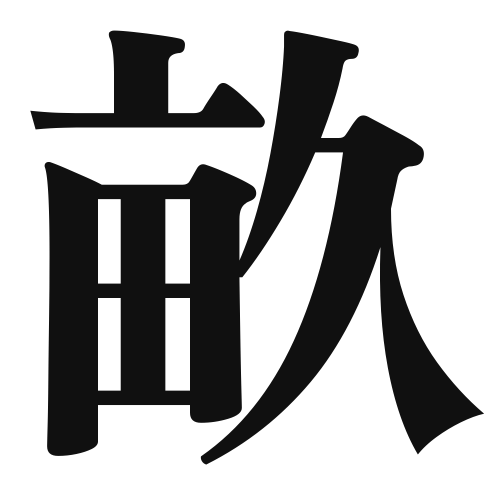1. Overview of Meaning
The kanji “畝” (pronounced “u”) refers to a “ridge” or “furrow” in agricultural fields. It represents the raised sections of soil where crops are planted, playing a crucial role in farming practices.
2. Formation and Radical
Formation of the Kanji: The kanji “畝” is a compound character, combining elements that represent both the concept of land and the action of cultivating it. It is classified as a compound ideograph (会意文字), as it combines meanings to convey the idea of cultivated land.
Radical: The radical for “畝” is “田” (rice field), which is often associated with agriculture and farming.
3. Examples of Usage
Common Words and Phrases:
- 畝 (うね, une) – ridge or furrow
- 畝間 (うねま, unema) – the space between ridges
Example Sentences in Daily Conversation:
- この畝にはトマトを植えます。 (Kono une ni wa tomato o uemasu.) – I will plant tomatoes in this ridge.
- 畝間を耕すのが大切です。 (Unema o tagayasu no ga taisetsu desu.) – It is important to cultivate the space between the ridges.
4. Synonyms and Antonyms
Similar Kanji:
- 畑 (はたけ, hatake) – field; this refers to a cultivated field but does not specifically denote the ridges.
Antonyms:
- 平地 (へいち, heichi) – flat land; this refers to land that is level and does not have ridges.
5. Cultural and Historical Background
Relation to Japanese Culture: The concept of “畝” is deeply rooted in Japanese agricultural practices, reflecting the importance of rice farming in Japan’s history and culture.
Proverbs and Idioms:
- 「畝を作る」 (うねをつくる, une o tsukuru) – to create ridges; often used metaphorically to mean preparing for future endeavors.
